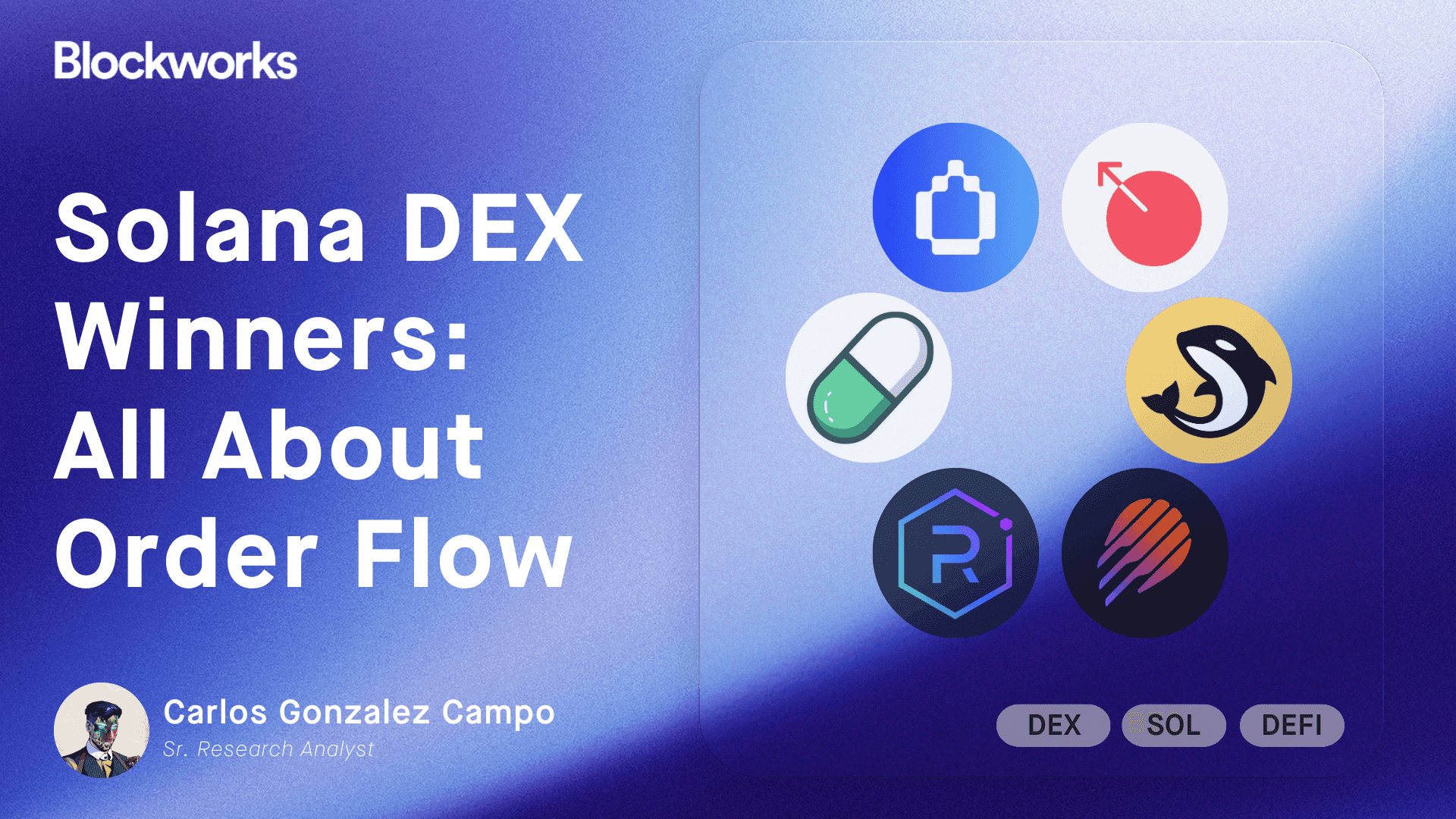ETHZilla leans into sticky restaking with Ether.fi and Puffer
A planned $100M Ether.fi sleeve and a $47M pufETH buy from Puffer signal DAT treasuries shifting toward long-horizon, policy-driven allocations

GoodStudio/Shutterstock and Adobe modified by Blockworks
ETHZilla’s treasury is moving into DeFi, a strategy many Digital Asset Treasuries (DATs) talk about but haven’t executed at scale: split sleeves across liquid (re)staking providers, negotiate institutional terms, and favor long-duration capital over mercenary flows.
On Sept. 2, ETHZilla — currently the fifth-largest DAT by ETH held — said it plans to deploy $100 million in ETH to Ether.fi, its first formal DeFi treasury mandate. Today, the company announced it would deploy about $47 million into Puffer.
For Ether.fi, the pitch to institutions is partly economic and partly behavioral, according to Mike Silagadze, Ether.fi’s founder and CEO. The difference with DAT flows compared to retail is their durability.
“It’s nice to have like this long-standing capital,” Silagadze told Blockworks, adding that the staking provider incentivized the institutional allocator to the tune of “about $3 million” in tokens. Some DATs may choose to sell those tokens, of course.
“Some of the more conservative ones, their approach is, look, they’re going to sell the [ETHFI] immediately and compound it,” Silagadze said. Ether.fi is “fine either way.”
Puffer’s tranche amounts to 10,000 pufETH, according to contributor Amir Forouzani.
Puffer’s pufETH is “a yield bearing token that accrues value over time,” Forouzani told Blockworks. Beyond baseline staking rewards, Puffer “takes advantage of a combination of compounding and selling strategy of restaking rewards to maximize the returns on restaking,” Forouzani said.

Ethereum treasuries race: ETHZilla (red) has amassed just over 100k ETH, putting it roughly neck-and-neck with Bit Digital (BTBT, green) and well behind Ether Holdings (ETHM, purple), which leads public ETH treasuries with nearly 500k ETH. (BMNR and SBET — not shown — hold even larger positions.) Source: Blockworks Research
The DAT’s goal: sleeves that are large enough to matter but diversified enough to avoid concentration in operators or AVSs and with predictable liquidity during stress. As for the details, ETHZilla leaves risk curation up to the service providers, Silagadze said.
“They’ve certainly asked questions — make sure that we’re being reasonable about it — but no, they haven’t gotten involved,” he said.
Blockworks reached an ETHZilla spokesperson but the company did not respond to questions for this story.
ETHZilla’s capital stack gives it room to run the playbook while it manages public-company optics. In a Sept. 22 update, the firm announced a $350 million add-on convertible debenture investment alongside a broader business update, signaling continued access to financing even as it balances share repurchases and on-chain deployments.
Ether.fi says it’s seeing broad interest across the DAT landscape. “We’ve talked to all of them,” Silagadze said.
For Puffer, an extra yield kick may come from appchain revenue. As Puffer rolls out its UniFi stack, Forouzani says, “All sequencing fees (including MEV) will be captured and distributed fairly between the rollup owner and UniFi AVS.” That means pufETH holders should eventually accrue a slice of sequencing/MEV fees tied to based appchains secured by UniFi.
If ETHZilla can keep sleeves “sticky,” it may prove that institutional restaking isn’t just possible, it’s better than vanilla ETFs — with or without staking yield.
Get the news in your inbox. Explore Blockworks newsletters:
- The Breakdown: Decoding crypto and the markets. Daily.
- 0xResearch: Alpha in your inbox. Think like an analyst.






